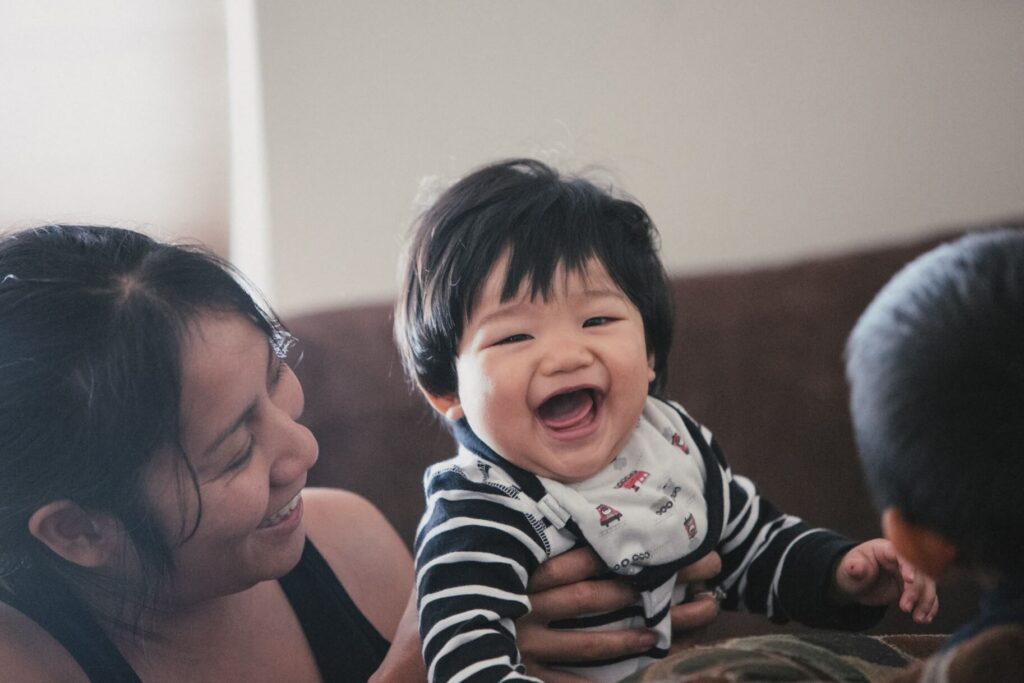In approximately one to three out of a thousand births, a baby suffers a brachial plexus injury.
These injuries can result in monetary loss and lifelong difficulties for both children and their caregivers. As a caregiver, it can be terrifying to think something has harmed your child. Know how to recognize the signs of brachial plexus injury. Know how it can be caused. Know how and when to seek legal recourse.
What is a brachial plexus injury?
A brachial plexus injury impacts the radian, medial, and ulnar nerves. These nerves, which originate in the neck, govern sensation and movement for the upper limb. Injury to this “plexus,” or collection of nerves, will impact the shoulder, arm, forearm, and hand.
Some common signs of a newborn with a brachial plexus injury include numbness, weak grip, lack of movement in the area, and a strange arm positioning. Specialists can use X-rays and nerve tests to diagnose a brachial plexus injury in a baby. There are several different types of brachial plexus injury:
- Stretch. The most common type of brachial plexus injury, a stretch of the nerves is also the least potentially harmful, often healing within 3 months of the baby’s life.
- Rupture. In a rupture, the nerve is torn. This occurs outside of the spinal cord, but still may require surgery.
- Avulsion. This is the least common, but requires extreme interventions. The nerve is torn at the spinal cord, often necessitating nerve transfers.
- Neuroma. This involves scar tissue at the site of damage, when the nerve has attempted to heal itself.
Risk Factors for Brachial Plexus Injuries.
It’s the responsibility of your birthing team to recognize potential precursors to a brachial plexus injury. Although sometimes these injuries are impossible to anticipate, here are some risk factors to keep in mind:
- Difficult labor. During a difficult labor, the baby’s shoulder can become stuck in the birth canal. Called shoulder dystocia, this can cause injuries to the brachial plexus.
- Breech Birth. In a breech birth, the baby is in a feet-first position instead of headfirst. This can put extra pressure on the brachial plexus nerves, as the baby’s arms will be stretched above her head.
- Large birth weight. If a baby is too big, his head or shoulders might not fit through the birth canal comfortably. This straining can stretch the brachial plexus, causing injury.
- Medical mishandling. A doctor or nurse midwife can cause damage to the brachial plexus by pulling too hard on the baby, or by applying inappropriate lateral traction. Use of interventions like forceps or vacuum extrusion can also injure the baby.
When should you seek legal aid for a brachial plexus injury in your baby?
Although in some cases brachial plexus injuries are simply a tragic happenstance, medical teams have a responsibility to protect newborns from injury. When there’s a lapse in this duty, parents should feel empowered to seek legal recourse and compensation for out-of-pocket medical costs, pain and suffering, and lost wages due to care.
Doctors have a duty of care. This means that a physician’s team, including nurse midwives, have a responsibility to protect you and your newborn at the time of birth
Breach of duty: If a doctor or team fails to uphold this responsibility, this is considered is a breach of duty and they must be held liable for those damages. Breach of duty in a brachial plexus lawsuit could include:
- Not ordering a C-section within the appropriate period of time if medically necessary.
- Improper use of forceps or vacuum extrusion.
- Not recognizing and informing the mother of the following potential risk factors: diabetes, high birth weight, breech birth, and multiple pregnancies.
- Injuring the baby during delivery by twisting, stretching, or applying improper lateral traction. Doctors have a duty to apply risk-mitigating medical interventions during birth, especially if there’s a danger of shoulder dystocia. This includes putting pressure above the public bone, using gentle traction, and employing several medically sanctioned maneuvers to help re-position the baby. If a doctor fails to perform these interventions, it’s possible they’re guilty of breach of duty.
How and When to Seek Legal Aid
If you suspect your baby has suffered a brachial plexus injury, reach out to an attorney right away. In most states, you will need to compile medical expert support before you can even start to file a lawsuit. Due to statute of limitations rules in some states, it’s important to start the process as quickly as possible.
Your attorney will gather the resources they’ll need, like medical testimony, witness testimony, and medical documents in order to prove that medical mishandling occurred. A good attorney will build a case around the evidence, reaching a settlement based on standard of care.
With a skilled attorney on your side and quick action on your part, rest assured that you can receive help in this difficult time. If you suspect that your child has suffered a brachial plexus injury as a result of medical mishandling, reach out to a birth injury lawyer with experience in childbirth injuries and medical malpractice.
